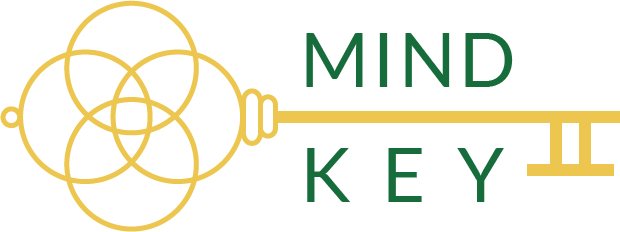
Teaching compromise and exchange: Setting our children up for success
by Rebecca Pall
From a young age, children are taught a very rudimentary idea of trade and exchange: They get dessert if they finish their dinner, they get to play after they clean their room…. If this simple idea of compromise is learned and embraced from a young age, children become better at understanding exchange, and how it works in the real world.
Compromise as a part of the process of exchange
The concept of compromise plays a large part in how children embrace the idea of exchange. They really want ice cream, so they eat their vegetables. They really want to play with their friends, so they clean their room.
“The young child thinks: I need the red crayon now. My friend has the red crayon. I will take the red crayon,” George Forman, early childhood education author and emeritus professor at the University of Massachusetts, writes for the early childhood educational resource Vinci. “Parents strive to help the child add to this line of thought. I need the red crayon now. My friend needs the red crayon now. Both perspectives can exist simultaneously, but the logic of this two way perspective takes time to understand for the young child.”
In understanding why children think the way that they do, and how they process what they want, parents can begin to see how young minds grasp the concept of compromise and exchange. They can then offer the guidance they need to understand the next layer of complexity these concepts embody.
How the brain begins understanding exchange
When the foundation of complex concepts are introduced at an early age, children have better retention, and an increased ability to build upon these basic concepts. For example, basic letters and numbers are taught prior to learning how to spell and do math. This foundation leaves children better equipped to handle more complex words or math problems as they get older.
Michael Phelps, biophysicist at UCLA, and co-inventor of the PET scan, states in an article for the Riggs Institute literacy agency, “If we teach our children early enough, it will affect the organization, or ‘wiring,’ of their brains.”
This has to do with giving our children positive ideals when they are young. The younger they are when they learn how exchange is beneficial, the more likely it is to be established as a hard wired concept. They will then be more likely to use and explore the concept as they grow to make more complex exchanges.
Children can be taught many things at young ages, and retain much more than we give them credit. If we teach them the concept of exchange in a way that they can understand, they are more likely to embrace this skill and use it in their lives as they get older—not just use it, but fully understand it as well.



 At a young age children think that if their friend has something, they need that something. Understanding why children act this way can help parents in educating children about the positive impacts of exchanges. Photo by JoAnna Schillaci
At a young age children think that if their friend has something, they need that something. Understanding why children act this way can help parents in educating children about the positive impacts of exchanges. Photo by JoAnna Schillaci  At a young age children think that if their friend has something, they need that something. Understanding why children act this way can help parents in educating children about the positive impacts of exchanges. Photo by JoAnna Schillaci
At a young age children think that if their friend has something, they need that something. Understanding why children act this way can help parents in educating children about the positive impacts of exchanges. Photo by JoAnna Schillaci